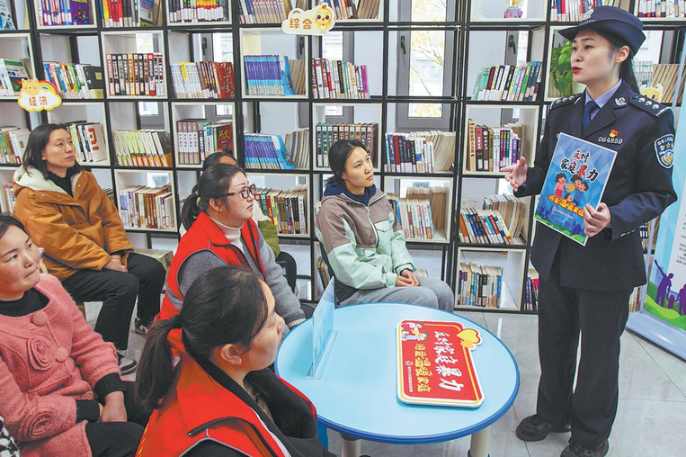Restoring the Great Wall's lost glory
By Aybek Askharin Beijing and Hu Dongmei in Yinchuan | China Daily | Updated: 2019-07-10 09:48

After seeing its value in tourism, Ningxia locals have stepped forward to protect it.
When Mao Zedong stood on top of the Liupan Mountains in China's northwestern Ningxia Hui autonomous region, the founder of New China said, "One who fails to reach the Great Wall is not a hero."
Today, the Great Wall in Beijing is one of the most symbolically significant and culturally important structures in China, attracting many tourists and researchers to visit it. However, the part of the wall that once impressed Mao has been neglected.
The Ningxia site of the Great Wall is one of the oldest wall relics in the country. This fortified structure bordered between the nomadic and farming civilizations in ancient times, and it was largely built across the region. However, over the past several hundred years, it has been badly damaged by climate change and human activity.
Following economic changes and social developments in the 20th century, the Ningxia locals started paying attention to the potential value of the Great Wall in historical studies and tourism. Hence, many "protectors" wanting to restore the lost greatness of the wall have appeared. Ma Jianjun is one of them.
Ma, a member of the Hui ethnic group, born and raised in Ningxia, developed a strong interest in history because of his passion for the Great Wall when he was young. Now, as the 52-year-old director of Ningxia's Conservation Center of Cultural Heritage, Ma has devoted himself to the restoration of the structure.
Since graduating with a degree in history from Minzu University of China in 1990, Ma has been working in heritage conservation. He started his career as a researcher at Guyuan Museum in Ningxia.
"Everything was just as I expected. I did not hesitate to take that job in the museum after graduation," Ma said.
"I am very pleased that the museum offered me a great chance to be with cultural relics every day as an archaeological researcher."
























